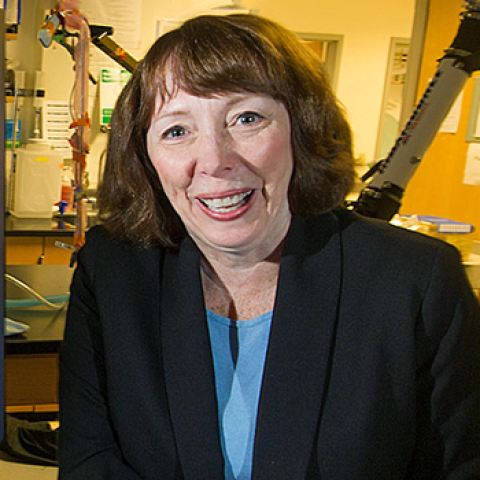Interdisciplinary Initiatives Program Round 10 - 2020
Katherine Ferrara, Radiology
Stanley Qi, Bioengineering and Chemical & Systems Biology
Methods to localize treatments to specific diseased sites have been developed using light or drugs. Light does not penetrate deeply into the human body, thus it is primarily used in laboratory experiments. Small molecular weight drugs circulate widely, posing the potential for off target effects. Ultrasound has been identified as a preferable stimulus for localized treatment with its penetration into deep tissues and favorable safety profile. Clinical ultrasound has been widely used for decades for both diagnostic and therapeutic applications. Here, we develop a strategy to use ultrasound as a stimulus to control gene expression and cellular function in vivo for the treatment of cancer. To address this problem, high intensity focused ultrasound (HIFU) will be used in a defined region to alter gene expression using the ultrasound expertise and equipment in the Ferrara laboratory and the gene editing expertise of the Qi laboratory.
Cell therapies hold great promise to target various types of cancers. Briefly, host immune cells are extracted from patients, engineered to improve tumor-killing activity, and transplanted back to patients to kill cancer. Due to a lack of control over engineered cells in vivo, side-effects could occur such that they not only target cancer cells but also healthy cells. It is crucial to control gene expression to monitor the precise cellular behavior in vivo. Applications in cancer treatment, e.g., solid tumors and B-Cell Acute Lymphoblastic Leukemia (B-ALL), require such precision and effective engineering tools are missing in the current treatment scheme. For example, a unique group of engineered immune cells, called chimeric antigen receptor T or CAR T cell treatment provides a promising solution but is not used in frontline treatment due to safety and efficacy concerns.
This is a novel and transformative project bringing together unique molecular and imaging tools. The outcome will be an approach that uses ultrasound as an effective and safe tool to enhance cancer treatment. The techniques developed here will have broad application across basic and clinical science.



